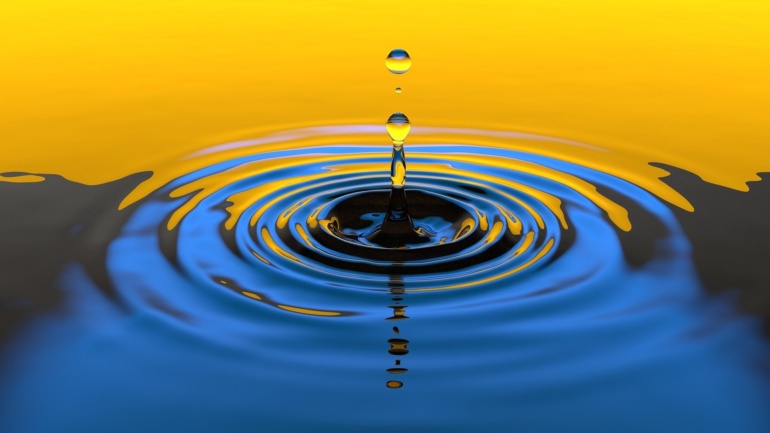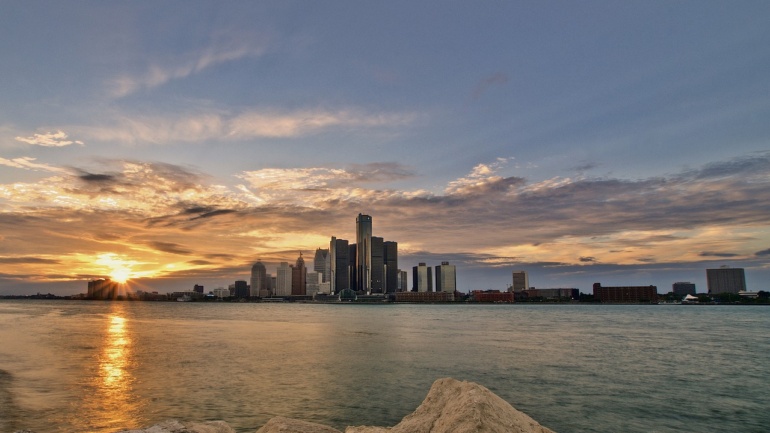By Brigitte Rodriguez, Publishing Associate: Researcher and Writer at Save the Water™ | August 08, 2023
Acid rain is a serious environmental problem. It puts all human life and our ecosystems in danger. We need to be aware of acid rain contamination and take actions to stop it.
What is Acid Rain?
Acid rain is a precipitation which includes a solution of nitric and sulfuric acids. The high levels of these components are dangerous not only for human life but also for the environment at large. This acid solution goes through all ecosystems. And human activity mainly causes this solution. This activity includes fuel burning, which releases sulfur dioxide. When it burns, this goes straight to the atmosphere. Furthermore, when it reacts with oxygen molecules, particles of water, and other components, it produces acid rain.
The Effects of Acid Rain
Acid rain is toxic. Once precipitation hits the ground, it’s game over. The acid solution goes through the soil. The effects are disastrous. Trees can’t absorb the nutrients in the ground. Furthermore, it makes it hard for trees and plants to grow.
Also, this kind of pollution affects the aquatic ecosystem. When it goes through water, it changes the pH levels of the water. Moreover, it affects biodiversity and fauna. Some fish die or have problems growing. Furthermore, some aquatic animal and plant life decrease because the water is more acidic. In turn, this affects the balance of the water ecosystem.
Acid rain not only damages the environment but also modern buildings. Specifically, the rain corrodes pipes and damages any kind of metal.
Events Caused by Acid Rain
China has become the third-largest acid rain region in the world. This country is known for their big industrial factories. Furthermore, they use coal for the production of electricity. Consequently, the emission of toxic gasses has produced acid rain in southern China. This rain not only damages the farmlands but also the lakes and rivers. Because of economic growth and urbanization in the region, the situation doesn’t get better. Furthermore, it causes respiratory problems for the people living there.
Another example of the effects of acid rain is in India. Specifically, this type of rain damaged the Taj Mahal monument. The acid rain hitting the monument has eroded the surface of the building. Notably, the city is polluted from the use of coal and firewood as a domestic fuel. The acid rain caused by this pollution affects not only the city’s environment but also its architecture. This situation risks the entire architectural history of the country.
How Can We Manage the Effects of Acid Rain?
Here are some ways that we can reduce the effects of acid rain:
- Regulate the emission of cars through industry standards
- Use sustainable energy sources instead of fossil fuels
- Reduce the use of electricity
- Use public transportation more frequently
Nowadays, more technologies help to reduce the effects of acid rain. Technologies like Flue Gas Desulphurization, Limestone Injection Multistage Burners and Advanced Silicate.
Also, governments are taking action to regulate the burning of fossil fuels. For example, the U.S. Environmental Protection Agency (EPA) has proposed a series of regulations aimed at reducing emissions from power plants. Notably, this regulation will lower the emission levels of power plants. Even more, it will help the transition to use of clean energy.
If we want to reduce the effects of acid rain, we need to be part of the solution. Knowing the effects of acid rain on our ecosystem is vital. By changing our actions in our daily lives, we can preserve our biodiversity for future generations.




